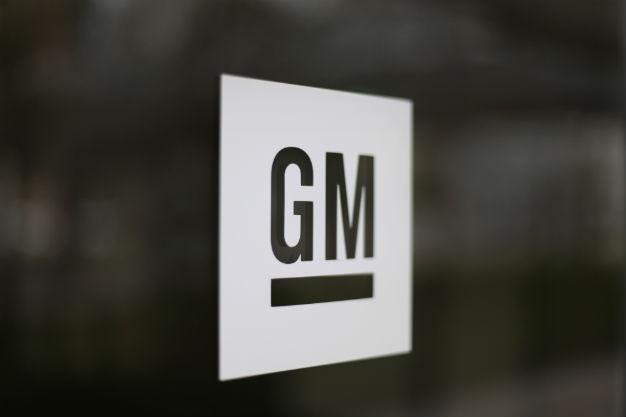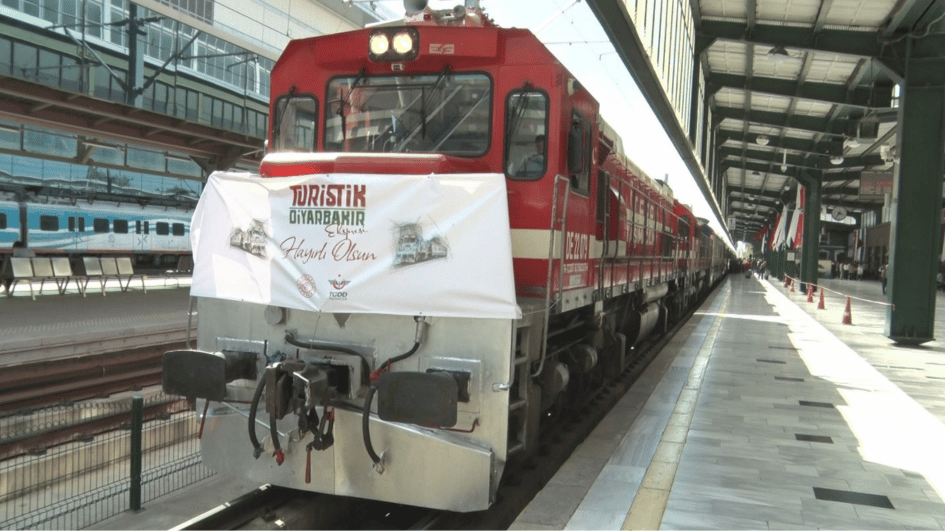GM posts record profit in 2015, driven by North American sales
DETROIT - Reuters

AP photo
General Motors Co rode sales of SUVs and pickup trucks in North America to a record profit in 2015, and reaffirmed its forecast to do better this year despite signs that vehicle sales are hitting a peak.GM, the biggest U.S. automaker and No. 3 globally by sales, earned $2.8 billion in the fourth quarter before interest, taxes and one-time items, or $1.39 per share, excluding items.
GM posted a record net profit of $9.7 billion for 2015.
GM stock rose 1 percent in premarket trading, but shares have fallen about 10 percent so far this year factoring in early gains. Other automaker shares are lagging broader market indices as well for the year, reflecting investor fears that the industry’s profit cycle has peaked.
“We are well positioned for a downturn,” GM Chief Financial Officer Chuck Stevens said on Feb. 3. “We don’t think it’s going to happen any time soon.”
Net income for the fourth quarter was $6.3 billion, or $3.92 a share, including a noncash gain of $3.9 billion from the revaluation of certain tax assets in Europe. The gain reflected GM’s expectation that it will break even in Europe this year. GM lost $300 million in Europe in the fourth quarter.
The automaker generated nearly all of its profits in North America. Outside of the region, auto operations earned about $100 million, as losses in Europe and international markets outside of China offset $600 million in income from joint ventures in China. GM broke even in South America in the quarter.
The company has outlined plans to return to shareholders a total of $16 billion in dividends and share buybacks from 2015 through 2017. Stevens said GM can fund the programs as well as investments in new technology, in part by pushing for higher returns on its capital investments.
GM is engineering its future lineup of cars and sport utility vehicles using a smaller number of basic architectures, and doubling the life span of the basic vehicle components.
















